Every year, we can find that no matter what is popular in the trend circle, there is one element that will always appear in our field of vision, and that is camouflage. Moreover, whether it is on clothes or shoes, camouflage elements are not obtrusive and can be integrated with any fashion elements.
01The emergence of camouflage
As early as the 19th century, camouflage had begun to appear, but at that time, most of the people wearing camouflage were hunters. After that, with the development of science and technology and the struggle between interests, wars in various countries increased day by day. In order to avoid being discovered by the enemy during combat and to give their troops stronger concealment capabilities, camouflage was officially adopted by people. Excavated. At that time, the colors of camouflage were relatively simple, including military green, khaki, and blue gray. With the turbulence of the world situation, in the 20th century, France, as a powerful country at the time, began to study camouflage. At that time, France had a design team called CAMOUFLEURS that specialized in concealment technology. In World War II, the combat environment was further complicated, and a single color was easily discovered by the enemy. As a result, floral clothes made of multi-color deformed blocks appeared. This kind of floral dress is more suitable for hiding in mountains and grasslands of various colors. In appearance, it resembles modern camouflage uniforms. At that time, expeditionary forces stationed around the world from more than 10 European and American countries used combat uniforms made of six-color camouflage in actual combat. After the war, the tough and unique camouflage was retained and even became an anti-war symbol. Since then, people have fallen in love with camouflage and wear it daily. As a trend element, camouflage is also going further and further on the road of fashion.
02 The “updated iteration” of camouflage in the fashion industry
With the saturation of traditional camouflage patterns in the printing market, new camouflage improved through abstraction, digitalization, and naturalization have gradually taken the leading position. Among them, digital camouflage that focuses on digital style and presents a futuristic style and trees with realistic appearance Movie camouflage will become an emerging camouflage pattern.
tree shadow camouflage
Tree shadow camouflage uses a highly realistic forest pattern. This low-key camouflage pattern is widely used by designers, fashion and outdoor brands. Use natural camouflage and lush woodland patterns, supplemented by small areas of bright colors to create color contrast. Create a full-print main product suitable for the young trend market.
Jungle camouflageabstract camouflage
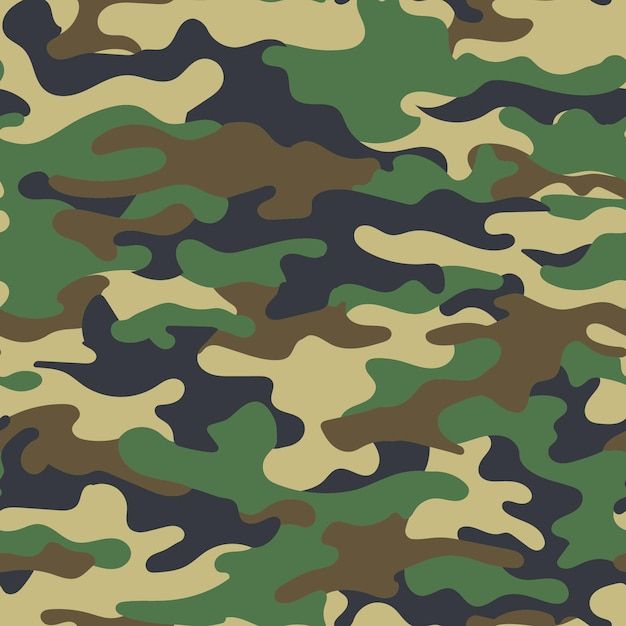
Jungle camouflage, also called M81 camouflage, is common in the Army, Marine Corps, Navy and Air Force, and is distinguished by different colors. Common jungle camouflage patterns consist of four colors: yellow, green, brown, and black. The unique outdoor color tone inherits the hidden function of camouflage itself and is also widely used in the fashion field.
desert camouflage

Desert camouflage is also called chocolate stripe camouflage. This camouflage is designed to meet the combat needs in desert areas. Later, a combination of three colors also appeared. Due to its special pattern, this camouflage was also called "coffee stain camouflage". Reducing the color contrast of the pattern can improve the wearability of desert camouflage. The military-industrial style with bright details can better control this kind of camouflage.
digital camouflage
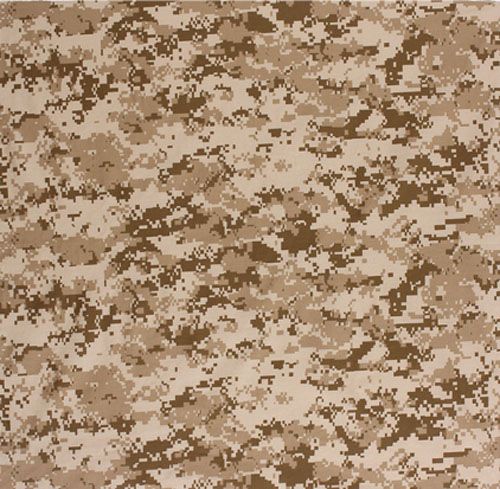
In the mid-20th century, Canada developed a computer-generated anti-night vision detection camouflage pattern that presented a pixelated appearance that better destroyed the outlines of soldiers. This digital camouflage pattern is more modern than other camouflage types. It uses technologically textured fabrics as base fabric or lamination and other post-processing processes, and embellishes them with simple bright patterns to highlight individuality and is suitable for the young market.
tiger stripe camouflage
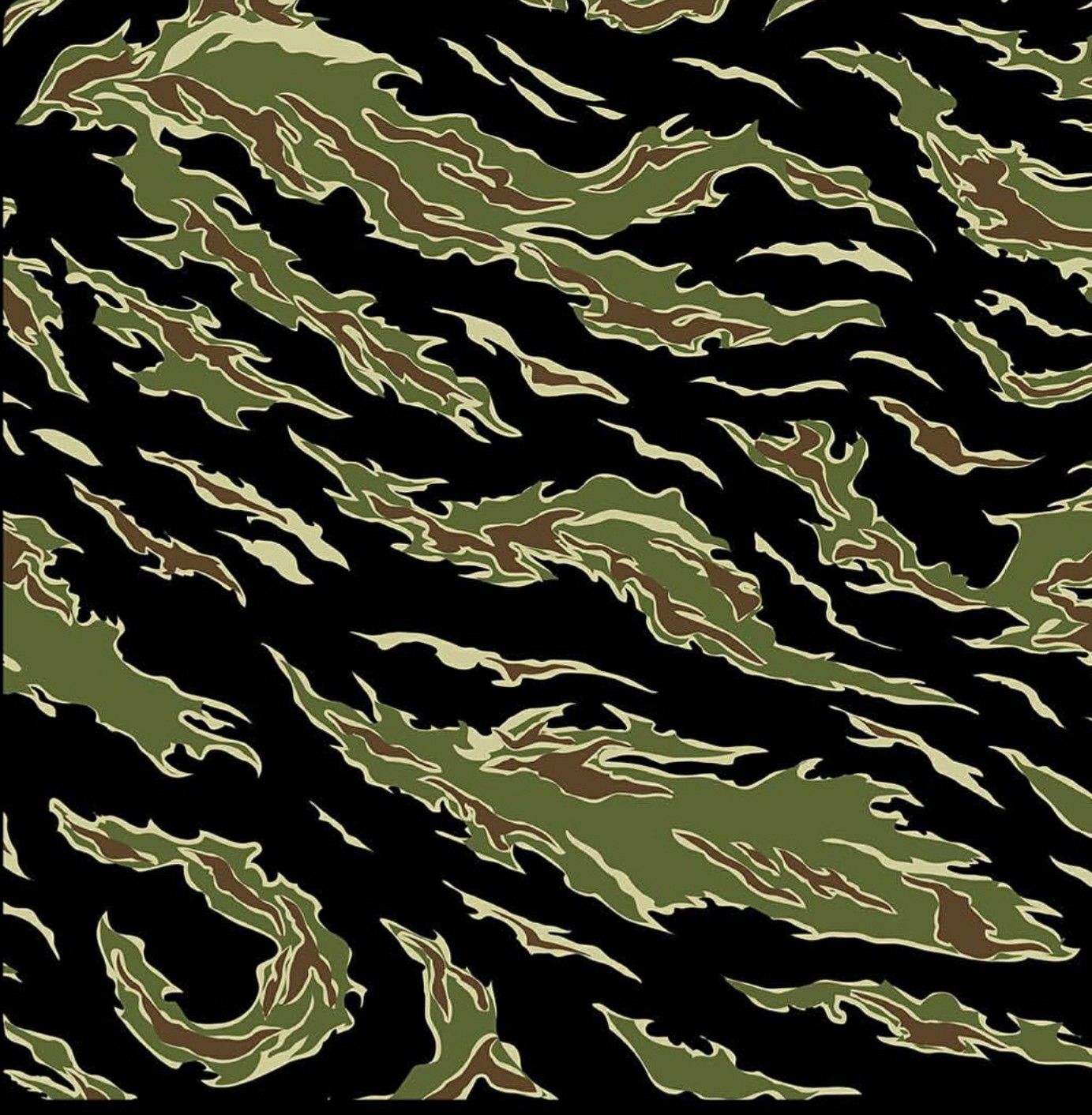
The tiger stripe camouflage originally used in the Vietnam War is a new all-terrain camouflage pattern produced by improving the French lizard camouflage. As the name suggests, tiger pattern camouflage looks like the texture on a tiger's body, giving it a unique and original feel. This wild pattern has become increasingly popular in the fashion world in the past two years. The use of tiger prints has gradually shifted from partial to full-body printing, making it more bold.
spotted camouflage
Spotted camouflage is mainly composed of circular spots, mainly composed of dark green, bright green, red, black and yellowish brown. With animal prints taking off as a trend in more restrained, smaller prints, animal print-inspired spotted camo can serve as a key pattern to transition animal prints to abstract prints.
duck hunting camouflage
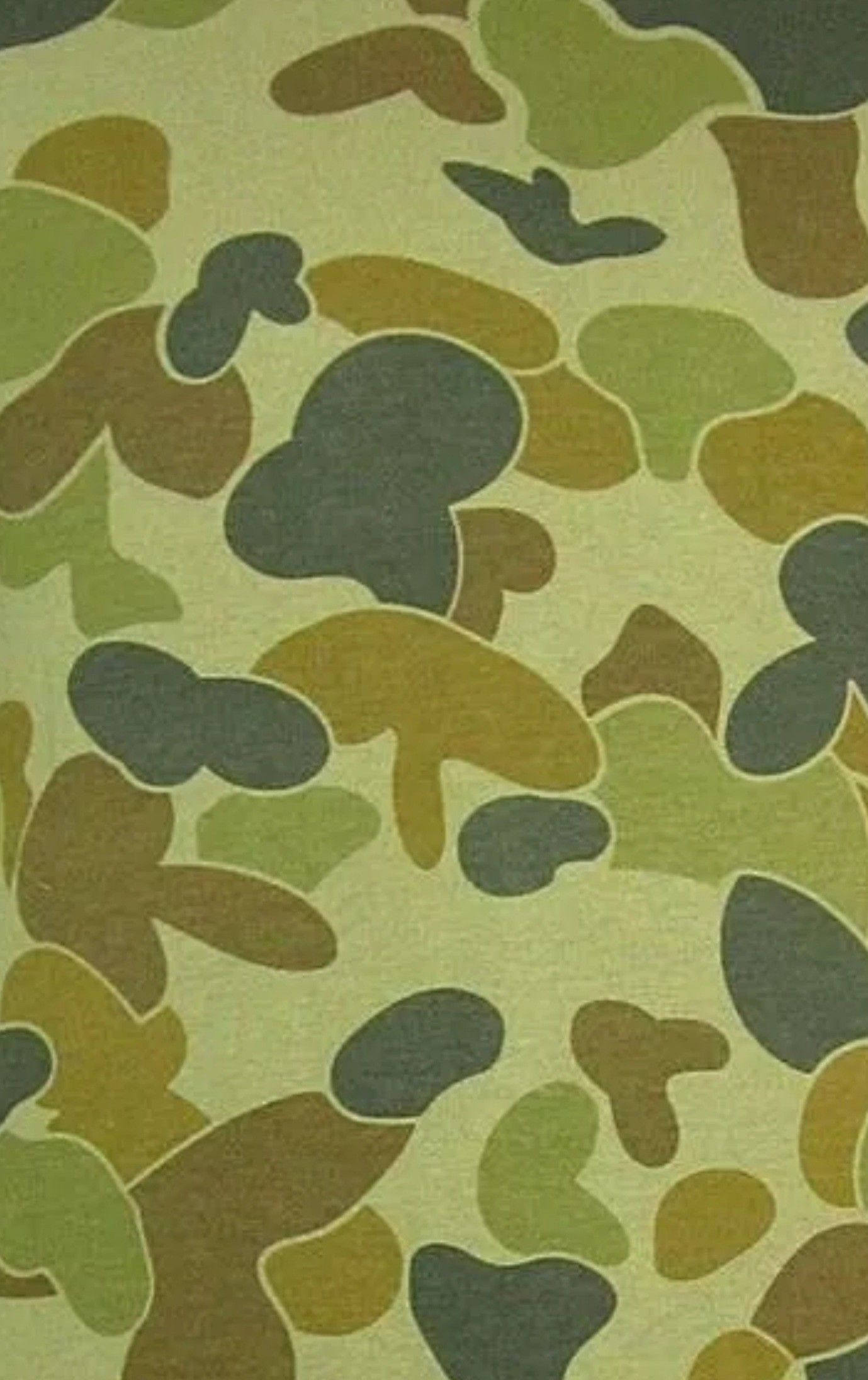
The camouflage pattern style used by the US military in the Pacific Theater during World War II was characterized by a pattern with a background of one color and large spots of at least two other colors superimposed. Compared with other camouflage styles, this pattern is softer and rounder, similar to animal skin patterns in a liquefied state, and fits the modern aesthetic.
abstract camouflage
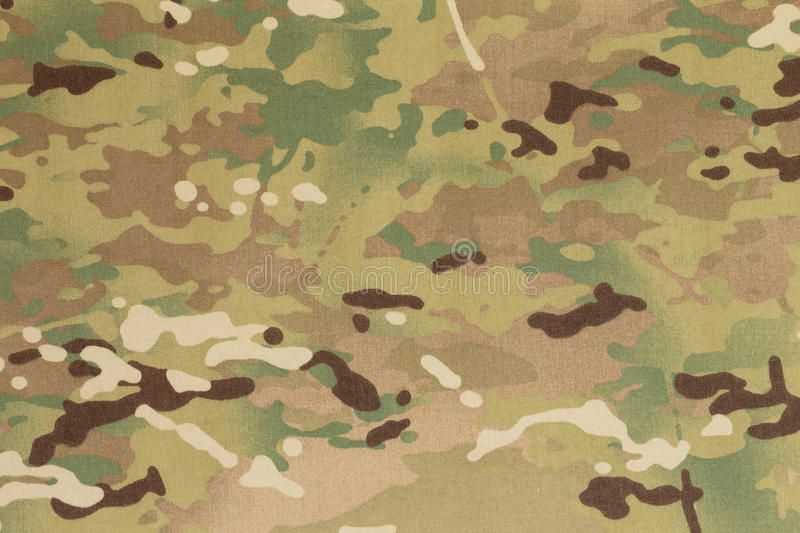
Abstract and diverse print designs bring a rich and necessary update to traditional camouflage patterns. Speckled or cloudy watercolors reveal abstract flowing textures taken from nature. Earthy mineral tones create a rich effect and can be dyed using eco-friendly vegetable dyeing techniques. Tie-dye and overdye bring newer camouflage styles, adding soft appeal. Abstract all-over prints and images explore microbial textures and atmospheric landscape prints that could serve as a grown-up version of camouflage.